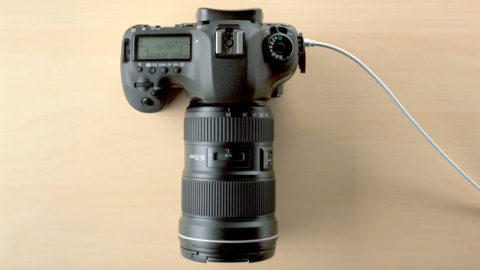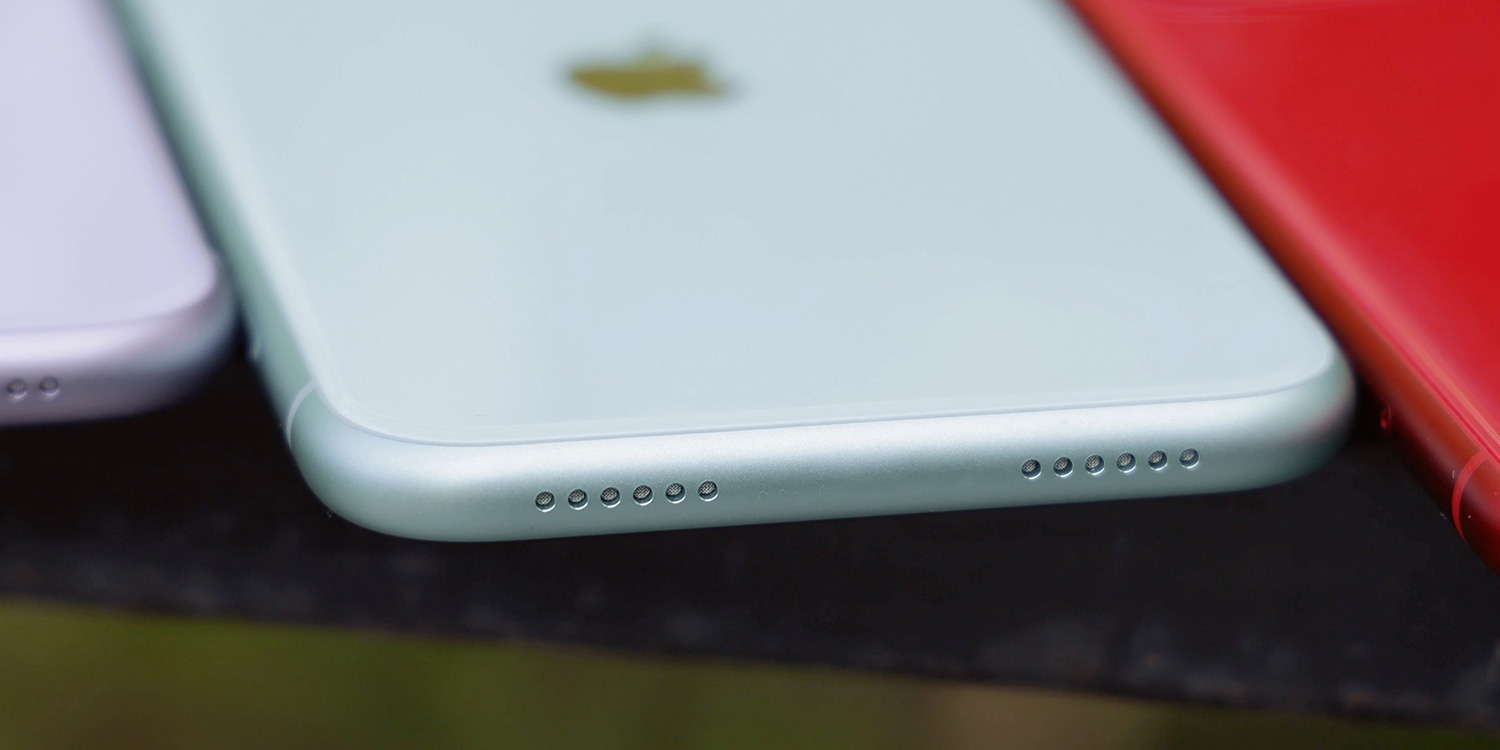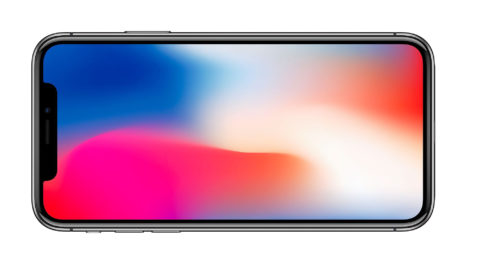Apple wants your iPhone to get connected in a different way, but is it jumping the gun on a fully wireless device?
Long-time Apple watchers will be aware of the company’s fondness for minimalism and the eradication of the unnecessary. A famous example of this is the original iMac. That computer wowed with its dazzling blue shell and friendly demeanor. But at the same time, it made for countless furrowed brows as people grappled with its lack of a floppy disk drive and its ditching of legacy ports for the (at the time) cutting-edge USB.
Apple’s mobile devices have taken a similar path. From the beginning, they were hardly peppered with superfluous elements, and yet Apple has continued to refine their designs and eliminate components. The iconic Home button found itself out of favor when the iPhone X arrived, and has since been methodically removed from other iPhones and also iPads. The headphone port barely clings on in those iPads with older-style designs — and you know it will disappear entirely when they take on a form factor closer to today’s iPad Pro.
Un-plug and play
Long-standing rumors believe the next step is for the iPhone to remove ports entirely. Instead of transitioning from Lighting to USB-C, thereby matching the MacBook and iPad Pro, Apple’s iPhone would have no port at all on its bottom edge.
Charging and recovery would then both be done wirelessly, without the need to fish out cables. Removing a port would further boost waterproofing and leave nowhere for lint to get stuck. And before you think this all sounds a bit unlikely, be mindful Apple does already have one mobile device that lacks ports: the Apple Watch.
There are, however, downsides to this approach. Cutting the cable means blocking anything you might connect to your iPhone. The music industry remains keen on wired hardware because it reduces latency. Wired storage devices (including cards within cameras) are faster and more reliable than wireless equivalents. And backup batteries tend to require a wired connection.

Not so pro-fect
These problems multiply when you consider the iPad Pro. That device aims to supplant PCs. Although you can mirror a screen to an external display, a wired connection is far more responsive and stable. And if you’re aiming for a pro market, it’s no good to block that market from being able to connect hardware they need to do their work.
For these reasons, you can imagine Apple might draw a line, reasoning that the iPhone can do without a port, but the iPad cannot. Yet even that might not be worth the trade-off. For many people, the iPhone is also a professional tool — one where its sole remaining port is used to connect to a wide range of hardware, such as a guitar during live gigs and external storage when using it for photography. In downtime, too, the port is useful for powering games controllers or outputting its screen to another display without lag.
Apple, then, must be mindful to not blaze ahead too rapidly, trying to define the future of mobile tech when the rest of the industry and its users are not ready. To do so would not be courageous or brave, but foolhardy and arrogant, and would leave the iPhone a lesser device.


